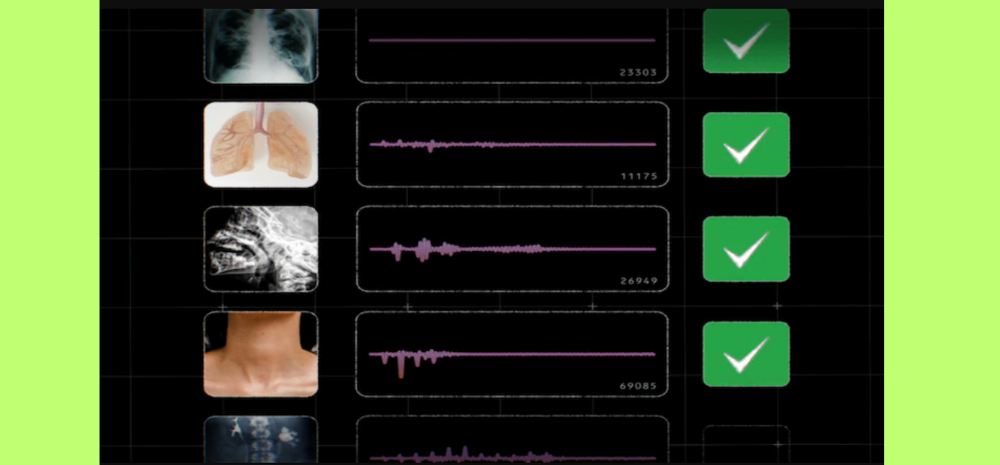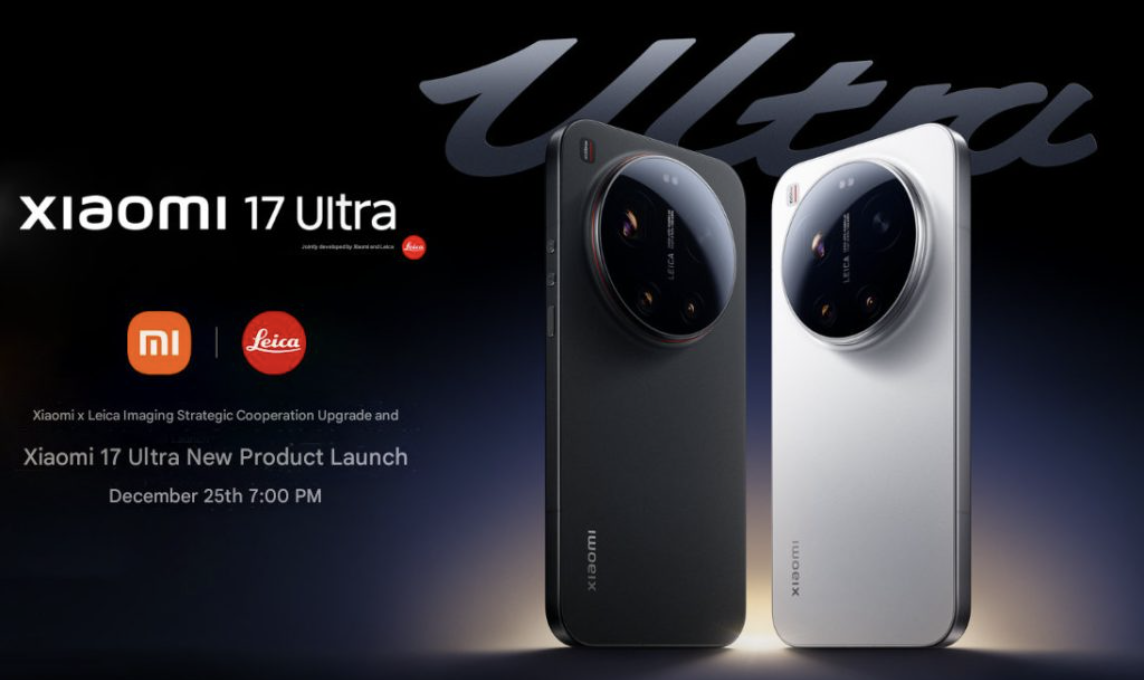Google is harnessing the power of artificial intelligence (AI) to extract health insights from various body sounds, such as coughs and breathing, aiming to aid in the early detection of diseases like tuberculosis. This initiative represents a significant leap in using AI for health diagnostics.

Google’s Collaboration with Salcit Technologies
On August 20, Google announced a partnership with Salcit Technologies, an India-based respiratory healthcare firm. Salcit has developed Swaasa, an AI tool designed to analyze cough sounds and assess lung health. Through this collaboration, Swaasa will leverage Google’s HeAR (Health Acoustic Representations), a bioacoustic AI model released in March, to enhance the accuracy of its tuberculosis detection models.
HeAR: The AI Behind the Innovation
HeAR, a foundational AI model, has been trained on 300 million pieces of audio data from diverse and de-identified sources. Specifically, the cough model within HeAR was trained on approximately 100 million cough sounds. According to Shravya Shetty, Director and Engineering Lead at Google Health, HeAR is capable of detecting subtle differences in cough patterns, significantly improving diagnostic accuracy and speeding up the detection process for tuberculosis.
Applications and Future Potential
HeAR is not limited to detecting a single disease; it is intended as a general acoustic model that can be fine-tuned for various health-related sounds and use cases. The model’s goal is to power screening tools that can assist physicians and health workers in identifying respiratory diseases using just the microphones on smartphones.
Researchers interested in using HeAR for further developments can request access to the HeAR API, which will be available via Google Cloud. Google hopes this will pave the way for advanced diagnostic tools and monitoring solutions for tuberculosis, lung diseases, and more, ultimately improving global health outcomes.
Global Expansion of AI in Healthcare
Google’s commitment to AI-driven healthcare extends beyond respiratory diseases. In March, the company partnered with Apollo Radiology International (ARI) in India to deploy AI models for early detection of tuberculosis, lung cancer, and breast cancer. Over the next decade, ARI plans to provide three million free AI-powered screenings for these diseases.
Additionally, Google is collaborating with Taiwan’s Chang Gung Memorial Hospital (CGMH) to develop AI models that can detect early signs of breast cancer through ultrasound images. This approach aims to make breast cancer screening more accessible, particularly in low-resource environments.
Google is also involved in the Australian Future Hearing Initiative, partnering with Cochlear and Australia’s National Acoustics Laboratory to use AI to improve hearing devices. The project focuses on better identifying and categorizing sound sources, making hearing aids more effective in noisy environments.
Conclusion
Google’s initiatives in AI-driven healthcare, from respiratory disease detection to improving hearing devices, represent a significant step forward in the use of technology for global health. Through partnerships and advanced AI models like HeAR, Google aims to transform the way diseases are detected and treated, ultimately improving health outcomes worldwide.














